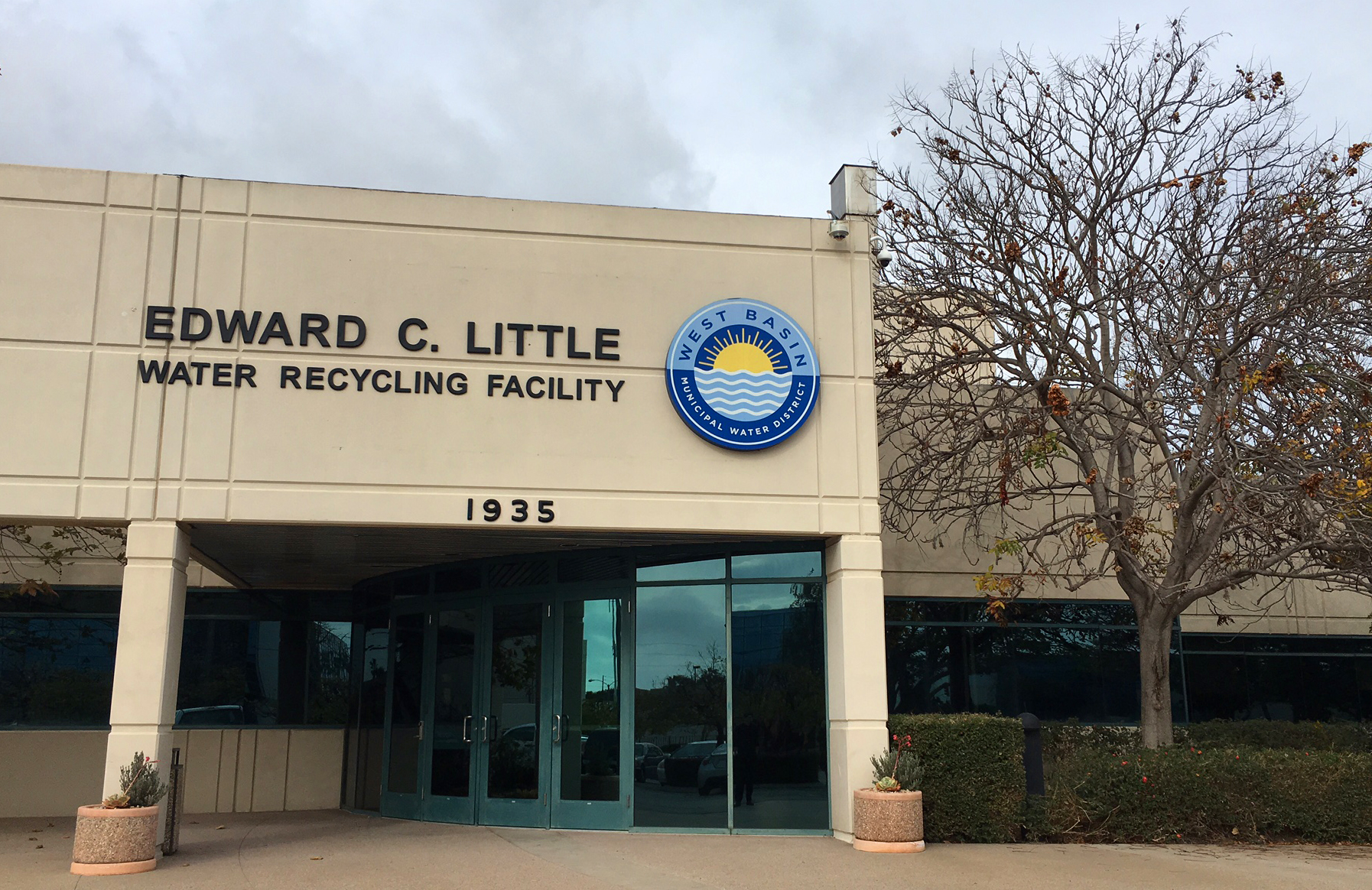California Governor Jerry Brown issued an executive order on May 9th, 2016 in order to build a more drought resilient state. Over the last week we have walked through many of the changes put in place to support ongoing water conservation in the Golden State. Today, in our final coverage, we will be discussing the instrumental need for farmers to integrate drought planning and water efficiency solutions into their daily operations.
PART 3: A Note to the Ag Industry, the Drought is Real
Although Northern California was luckily hit by El Nino, California’s Central Valley– an area of land using fewer than 1% of U.S. farmland that supplies 8% of U.S. agricultural output (by value) and produces 1/4 of the Nation’s food, including 40% of the Nation’s fruits, nuts, and other table foods- is still in dire need of rainwater to replenish it’s many drained aquifers.
Although the conservation regulations have loosened in neighboring regions, California is steadily heading towards a drier future which will prove to be problematic in the long run, not just for the agricultural industry but also for American’s across the nation who have come to expect fruits and vegetables all year round.
Here are a few reasons why it is so crucial for California to embed a water conservation into our agricultural industry:
- The drought is not over. In fact weather patterns are showing that droughts like this will be not only more prominent but also longer lasting.
- Our hidden groundwater reservoirs are not replenishing fast enough.

Diagram showing the complicated network of use and replenishment of ground water About 20% of the Nation’s groundwater demand is supplied from pumping Central Valley aquifers, making it the second-most-pumped aquifer system in the U.S. At this rate, it is impossible for geological systems to replenish at a rate in which it is being drained.
- The Sierra Nevada Mountian Range is warming at an alarming rate, virtually eliminating water storage through snowpack which is a crucial supplier of water to the central valley.
Given the importance of this region, California Governor Jerry Brown is working to increase pressure on conservation for farmers by:
- Drought Planning: Updating existing requirements for agricultural water management plans to ensure that they adequately address waste water and prepare for periods of limited water supply.
- Improving Agricultural Water Use Efficiency: Permanently requiring farmers with land over 10,000 irrigated acres to prepare water management plans.
- Enforcement: The California Public Utilities Commission has been tasked with developing methods to ensure compliance with the provisions of this executive order including technical and financial assistance and, if necessary, enforcement by the water board to address non-compliant water supplies.
2016 might represent a break from the record dry conditions in some parts of the State, but the drought driven damage to California water supply will take years, even decades to replenish to previous amounts.
To help minimize drought effects and help build a sustainable long term infrastructure, Californians should:

- Use Water Saving Technology in Residential, Commercial and Agricultural instances. For more information on how your commercial business can save water visit our website to learn about our revolutionary water saving technologies such as the Hybrid Urinal– available through Sloan Valve Company.
- Learn from Others We need to look to Australia who has done an exceptional job culturally shifting towards water conservation efforts.







